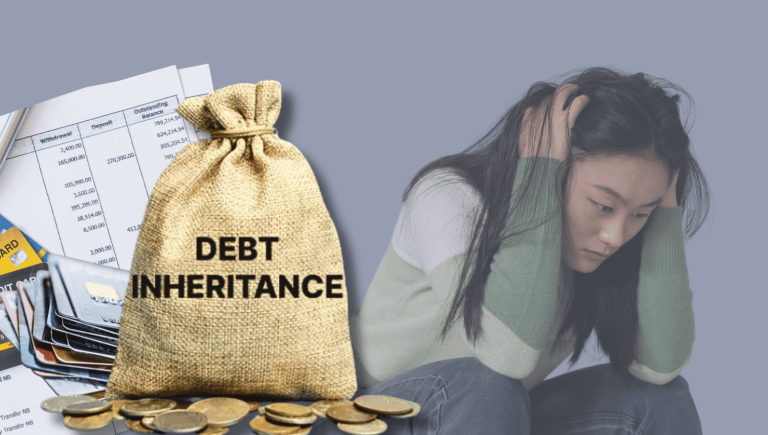Lots and lots of stuff happening last week. The high point was my community workshop on budgeting. Wow. What a great group!!!
When I arrived Thursday night, January 31, there were only two women there. The one lady said, “Are we the only two broke women in Maple Ridge?” We all laughed.
Soon the room filled up with a wide range of ages and interests. What stood out more than anything else was their uniform interest in budgeting. They were all there for the same reason.
Budgeting is popular at this time of year. For some, it forms part of their New Year’s resolution to do better with the family finances in the New Year. For others, their circumstances are tight. They need to find options.
Everyone’s situation was different – a young single mom with an infant, her mother, struggling couples where women were left to manage the domestic home-front finances, single and divorced women.
One shouldn’t be too surprised. In the past when I have been involved with public seminars regarding money, you could assume that half the audience had been separated or divorced.
Another interesting statistic from the past – many women wait until the New Year to get out of unhealthy relationships and need the tax return to hire a lawyer.
The entire group asked excellent questions, offered valuable opinions on their expenses and were eager to find a better way to manage their money – or to receive confirmation that they are doing okay.
This was excellent timing as Statistics Canada just released the most recent results on their study of household expenses. You will note in the following list of household expenditures that the average Canadian spends, annually, $55,151 (excluding taxes) on food, housing, clothing etc. as listed below.
| Average household expenditure (Canada) |
||
| 2010 | 2011 | |
| $ | ||
| Total expenditures | 71,282 | 73,457 |
| Total current consumption | 53,724 | 55,151 |
| Food expenditures | 7,823 | 7,795 |
| Shelter | 14,997 | 15,198 |
| Principal accommodation | 13,598 | 13,991 |
| Other accommodation | 1,399 | 1,208 |
| Household operation | 3,846 | 4,135 |
| Household furnishings and equipment | 1,957 | 2,027 |
| Clothing and accessories | 3,455 | 3,360 |
| Transportation | 11,059 | 11,229 |
| Health care | 2,214 | 2,211 |
| Personal care | 936 | 1,082 |
| Recreation | 3,576 | 3,711 |
| Education | 1,152 | 1,216 |
| Reading materials and other printed matter | 198 | 221 |
| Tobacco products and alcoholic beverages | 1,198 | 1,199 |
| Games of chance | 147 | 166 |
| Miscellaneous expenditures | 1,167 | 1,602 |
| Income taxes | 11,936 | 12,442 |
| Personal insurance payments and pension contributions | 4,013 | 4,191 |
| Gifts of money, alimony and contributions to charity | 1,609 | 1,673 |
As discussed at our workshop, averages are deceptive as they include the highest and lowest incomes. And, in the above chart, we know nothing about the family size, if there are children – in fact; child care isn’t even factored into the study.
However, the research is helpful as it outlines what people actually spend their money on.
Other points of interest include their observation that Canadians spent 2.7% more in 2011 than in 2010 on goods and services.
RRSP’s came up in our discussion. This is a bit more complicated as RRSP’s do represent savings – that is to say, a surplus after all the essential costs of living are met. Public policy regards RRSPs as essential as they are now exempted from a bankruptcy proceeding (under certain regulations). Moreover, governments along with financial advisors constantly encourage people to have a retirement savings plan.
More on this later, but first I wish to thank everyone for having the courage to come out last week and participate in my ongoing dialogue with Women and Money.
More seminars are planned and discussion groups are being organized for the future.
As tax season approaches, many of us are forced to go through all of our expenses, debt and income, hoping for tax deductions and a positive outlook of our finances. Yes budgeting and taxes go hand in hand, a perfect time of year to review your budget (or create one).
If you are looking to create a comprehensive budget for your household, check out our easy Budget Worksheet, a free download to get you started… what are you waiting for???
For your information I leave you with the RRSP limits since 1990.
|
Year |
RRSP $ limit |
|
| 1990 | (Old limits) | |
| 1991 | $11,500 | |
| 1992 | $12,500 | |
| 1993 | $12,500 | |
| 1994 | $13,500 | |
| 1995 | $14,500 | |
| 1996 | $13,500 | |
| 1997 | $13,500 | |
| 1998 | $13,500 | |
| 1999 | $13,500 | |
| 2000 | $13,500 | |
| 2001 | $13,500 | |
| 2002 | $13,500 | |
| 2003 | $14,500 | |
| 2004 | $15,500 | |
| 2005 | $16,500 | |
| 2006 | $18,000 | |
| 2007 | $19,000 | |
| 2008 | $20,000 | |
| 2009 | $21,000 | |
| 2010 | $22,000 | |
| 2011 | $22,450 | |
| 2012 | $22,970 | |
| 2013 | $23,820 | |
| 2014 | $24,270 |
